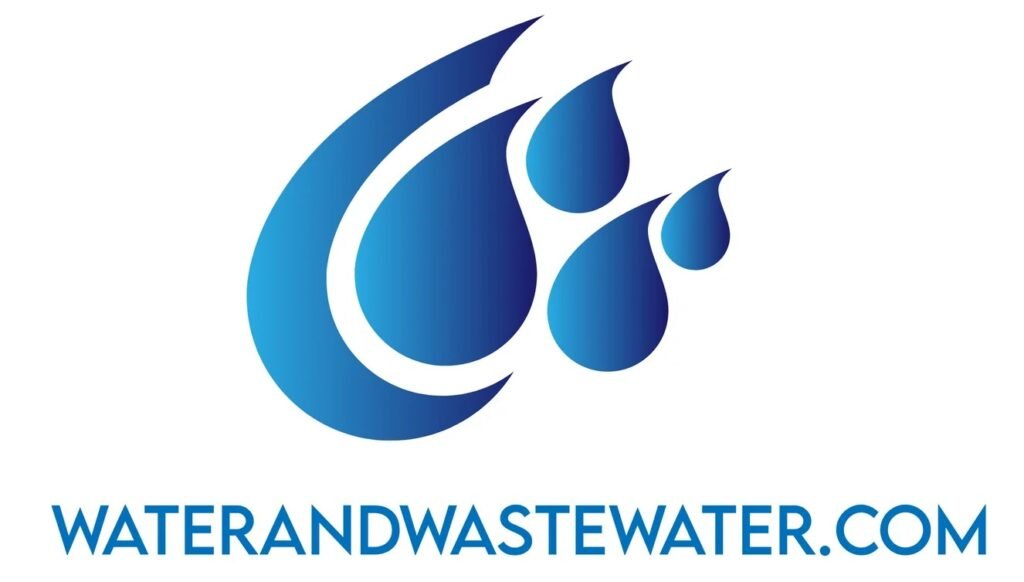
Tag: sustainable
Peracetic acid is a powerful disinfectant gaining popularity in wastewater treatment. It breaks down harmful bacteria and viruses in water, making it safer for reuse or release into the environment. Peracetic acid stands out as a safe and eco-friendly option for wastewater disinfection. This chemical compound offers several benefits over traditional methods. It leaves no […]
Floating aerators play a crucial role in modern wastewater treatment. These devices sit on the surface of water bodies and add oxygen to help break down pollutants. Floating aerators improve water quality by increasing dissolved oxygen levels, which supports beneficial microorganisms that clean the water. Wastewater facilities use floating aerators in treatment ponds and lagoons. […]
Cyanide is a highly toxic chemical that can pose serious risks to human health and the environment. When industries like mining and metal processing use cyanide, it often ends up in wastewater. This creates a need for effective treatment methods to remove cyanide before releasing the water back into the environment. Proper cyanide treatment in […]
Wastewater management is a crucial aspect of environmental protection and public health. It involves treating water that has been contaminated by human activities before releasing it back into the environment. Effective wastewater management solutions help prevent water pollution, protect ecosystems, and conserve valuable water resources. Many cities and towns use various methods to clean wastewater. […]
Clean water is essential for life, yet many water sources contain harmful contaminants. Water purification systems offer a solution to this problem, providing safe and clean drinking water for homes, businesses, and communities. These systems use various methods to remove impurities, ensuring that the water we consume is free from harmful substances. Water purification systems […]
Wastewater Treatment Fundamentals Wastewater treatment involves a series of processes to remove contaminants from sewage and industrial effluents. These processes can be categorized into biological, chemical, and physical treatment methods. Each plays a crucial role in cleaning water before it’s released back into the environment. Biological Treatment Processes Biological treatment uses microorganisms to break down […]
Wastewater treatment is a crucial process for protecting our environment and public health. One key step in this process is flocculation, which helps remove tiny particles from water. Flocculants are chemicals that make small particles clump together, making them easier to remove from wastewater. Flocculants come in different types, each suited for specific water treatment […]
Wastewater treatment is a vital process for protecting public health and the environment. While primary and secondary treatments remove many contaminants, tertiary treatment takes it a step further. Tertiary treatment is an advanced stage of wastewater treatment that removes remaining pollutants, including nutrients, pathogens, and other harmful substances. Tertiary treatment uses various methods to clean […]
Hydrogen sulfide in wastewater is a big problem for treatment plants and people living nearby. It smells bad and can harm pipes and equipment. Wastewater treatment plants use many methods to remove hydrogen sulfide, including chemical oxidation, biological treatments, and physical processes. Getting rid of hydrogen sulfide is key for clean water and less odor. […]
Overview of Wastewater Treatment Wastewater treatment is a crucial process for protecting public health and the environment. It involves complex systems to remove contaminants from water before releasing it back into nature. Importance of Water Purification Clean water is vital for human health and ecosystems. Wastewater treatment plants play a key role in water purification. […]